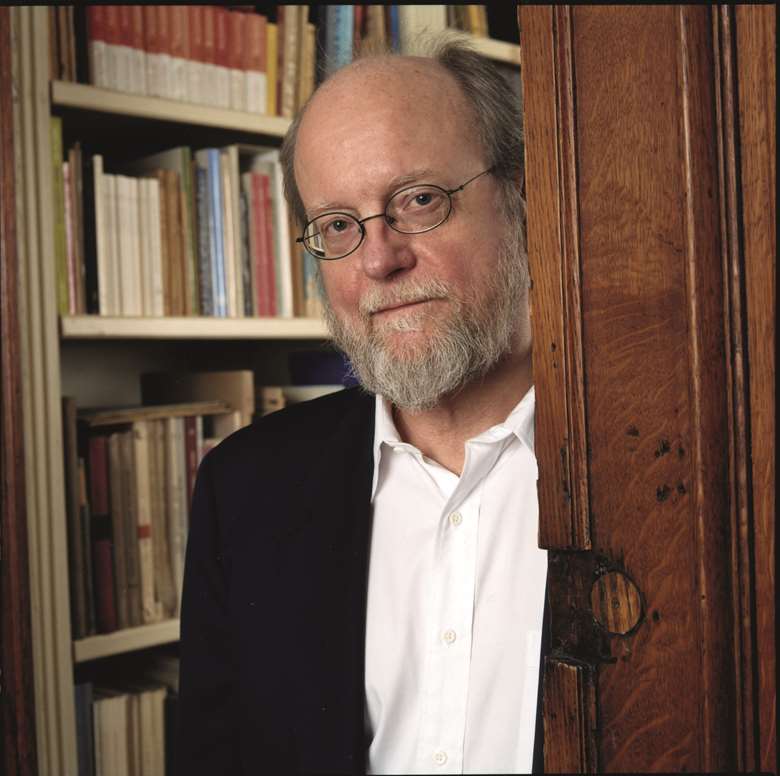Contemporary Composer: Charles Wuorinen
Friday, March 13, 2020
Richard Whitehouse shines the spotlight on the radical yet unexperimental music of this highly respected American composer

Register now to continue reading
Thanks for exploring the Gramophone website. Sign up for a free account today to enjoy the following benefits:
- Free access to 3 subscriber-only articles per month
- Unlimited access to our news, podcasts and awards pages
- Free weekly email newsletter













